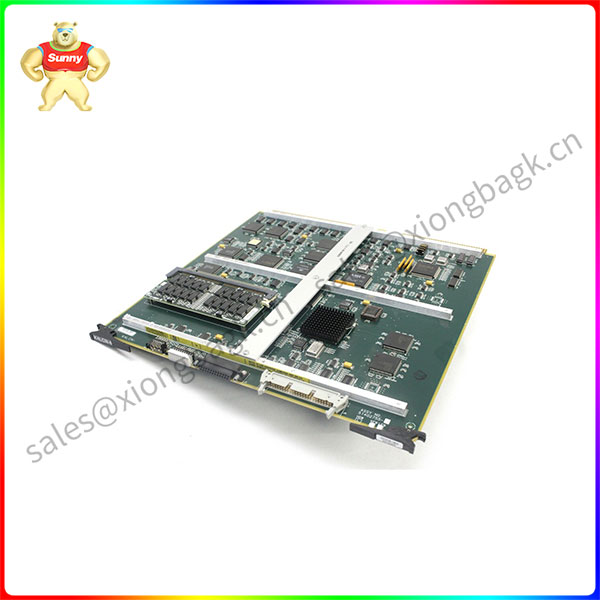Metal forging technology has a long history in human history. More than 2000 BC, traces of hammer forging can be clearly identified on the red copper ornaments unearthed in the Qijia culture. By the Northern Song Dynasty, cold forging was already capable of making complex iron objects such as iron armor. In many versions of Riverside Scene during the Qingming Festival, we can find the figure of ancient people thrashing iron…… This form of manual workshop was not broken until the emergence of modern science, and the widely used 10,000 ton hydraulic press is derived from this.
Hydraulic presses and punches (collectively known as presses) are widely favored by the market for their high production efficiency, and they are widely used in cutting, punching, blanking, bending, riveting and forming processes. The technology of the press itself is also constantly innovating, and with the development of drive technology, the application of the servo press is more and more.
What is the difference between a servo press and a traditional press? A little slider is a big deal.
The slider movement of conventional press is generally automatically generated motion curve, and some can be modified manually. The motion trajectory of the servo press is no longer limited by the cosine curve, and the free movement of the slider can be realized through programming, thus improving the flexibility of the equipment and improving the efficiency of the production process.
Free movement of the slider, its risk will increase accordingly. As the most important and dangerous part of the press, is there a convenient and practical solution to realize the position monitoring of the slide?
PILZ offers solutions specifically developed for press safety monitoring that combine hardware and software and comply with relevant safety standards.
Easy slider position with PSENenco
In order to ensure the safe operation of the press, we need to monitor the absolute position of the servo press slide in real time. This can usually be achieved by installing a secure absolute encoder. PILZ’s PSENenco series of security encoders is the “perfect tool” for this function.

Safety CAM monitoring can also be achieved without a safety CAM box
The servo drive press is different from the traditional press in structure and generally no longer has a safety CAM box. So, how can we achieve safety CAM monitoring similar to traditional mechanical presses?
Automation system PSS 4000 to help!
To put it simply, the expandable interface module on the PSS 4000 system, after receiving the secure absolute coded data, is transferred to two independent modules to monitor the two absolute position data obtained respectively.
The software tool PAS 4000 cross-checks the two data channels to determine whether the signal between them exceeds the allowed tolerance. Then, the safety position data is converted into safety Angle data through specific functional blocks, which is equivalent to having a virtual safety CAM.
Then the safety Angle data is given to the control module, so that it can easily determine the position of the safety virtual CAM (the slider is going up or down, the upper dead center or the lower dead center, etc.), and the safe work of the press is no longer a matter of course!
What is the module that implements these functions?
At the top of the list is the flexible and extensible safe absolute encoder interface module: PSSu EF ABS SSI, which receives and monitors safe absolute encoded data.
FS_CounterDual performs data cross-check. FS_PositionToAngle converts the security position data to the security Angle data. FS_CamController determines the location of the fs_camcontroller. In addition to the basic safety monitoring function of the slider,” FS_CamController “function block can also provide automatic dynamic compensation function, the function according to the Angle of the previous cycle slider stop stop point to determine the Angle of the next cycle slider stop starting point, in short, the last cycle stop late, then the next cycle will trigger the” brake “in advance, in order to ensure that manual mode, The slider can “stop” at the top dead center (360°) for each working cycle
“All-rounder” PSS 4000
PSS 4000 is a modular automation system, users can expand the corresponding safety input and output modules according to their own needs, while the software tool PAS4000 provides a very rich safety block database, covering the common servo press emergency stop button, safety door, safety light screen, two-hand control and other safety functions.
The servo press safety solution of the PSS 4000 easily meets EN 692 press standards and meets the requirements of EN ISO 13849-1 PL e Cat.4. At present, a well-known domestic press manufacturer has successfully applied the PSS 4000 solution on a number of models, ensuring the safety of the equipment and reducing the time for engineers to design safety circuits.
 中文版
中文版




